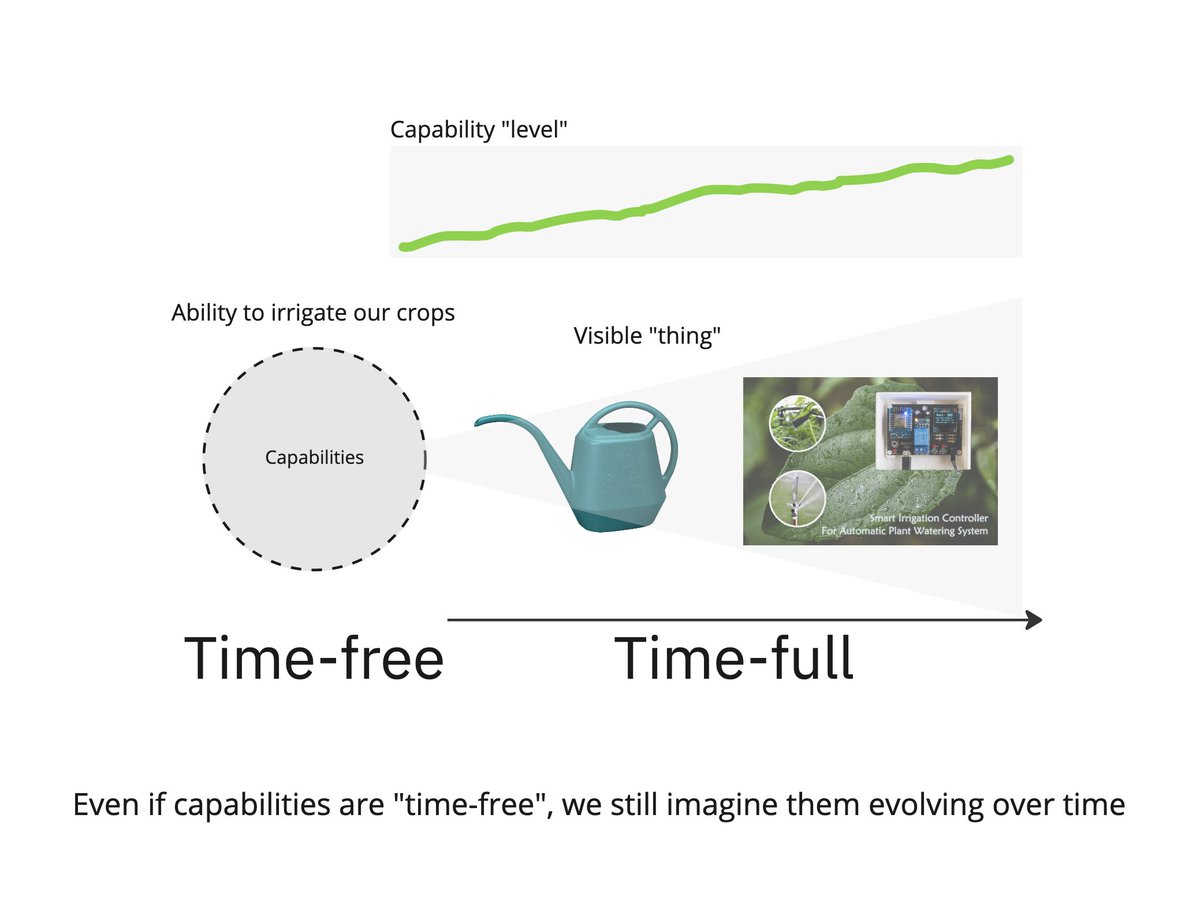
I like the beautiful mess of product development.| newsletter: https://t.co/tCLvCkCdiS
79 subscribers
How to get URL link on X (Twitter) App


 …they don’t have visibility into what’s happening.
…they don’t have visibility into what’s happening. 

 We project thing time-free things into the future, making them time-full.
We project thing time-free things into the future, making them time-full.

 So imagine we collect data about our initiatives.
So imagine we collect data about our initiatives.

 "Responsive" was not the most common response. But it was the word that had the most number of similar/related words
"Responsive" was not the most common response. But it was the word that had the most number of similar/related words

 Its "thought leaders" will become more disconnected, seemingly holding on to a romantic view of the past.
Its "thought leaders" will become more disconnected, seemingly holding on to a romantic view of the past.

 Some people are very self-aware—they have plumbed the depths of their being and motivations—yet also believe their defaults apply to everyone ("everyone is wired like I am wired").
Some people are very self-aware—they have plumbed the depths of their being and motivations—yet also believe their defaults apply to everyone ("everyone is wired like I am wired"). 

 Next we have the:
Next we have the:

 It is absolutely possible that:
It is absolutely possible that:

https://twitter.com/jchyip/status/15715815171675586592/n Related, it can actually be very difficult to determine who knows what.

 One (of many) ways to think of product work is to imagine a series of interlocking and related sense and respond orbits....it is all happening NOW, but the orbits range in terms of length...
One (of many) ways to think of product work is to imagine a series of interlocking and related sense and respond orbits....it is all happening NOW, but the orbits range in terms of length...